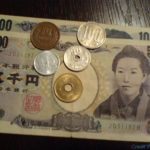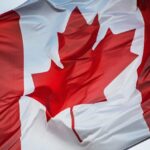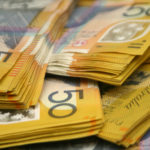Australian dollar trimmed its advance against its US counterpart on Friday, but was still poised to register its first weekly gain in the past three weeks ahead of Reserve Bank of Australias meeting on policy next week.
AUD/USD slid to a session low at 0.8753 at 5:15 GMT, after which consolidation followed at 0.8765, losing 0.35% for the day. The pair recorded a 0.9% gain this week. Support was likely to be found at January 30th low, 0.8711, while resistance was to be encountered at January 29th high, 0.8826.
Traders saw a 95% probability that the Reserve Bank of Australia (RBA) will maintain its benchmark interest rate at the current all-time low level of 2.50% at its policy meeting scheduled next week, swaps data by Bloomberg showed.
“Interest rates in Australia have bottomed; we don’t expect another cut by the RBA, and the next move will be a hike before the end of the year,” said Thomas Averill, a managing director in Sydney at Rochford Capital, cited by the same media. “The Aussie had a big whack already against most major currencies. We expect the low in the Aussie to be not too far from where we are at the moment.”
The yield on Australian benchmark 10-year bonds dropped 1 basis point, or 0.01 percentage point, to reach 3.99%, or the lowest level since October 30th.
At the same time, a report by the RBA showed that private sector credit in Australia rose 3.9% in December compared to a year earlier, which exceeded preliminary estimates of a 3.7% gain. In monthly terms, private sector lending climbed 0.5% in December, following a 0.3% gain in November.
Commonwealth Bank of Australia, the biggest lender in the country, revised down its forecast regarding the exchange rate of the Aussie to 84 U.S. cents by the end of the year from the previous forecast of 89 U.S. cents.
Meanwhile, yesterday the Bureau of Economic Analysis in the United States revealed that nations preliminary Gross Domestic Product increased 3.2% during the fourth quarter, in line with analysts’ forecasts. US economy managed to expand at a pace of 4.1% during the preceding three months, which was the fastest rate since the first quarter of 2010.
Consumer spending in the country rose 3.3% during the fourth quarter, marking the largest advance in three years. The data was preliminary and it came after a 2% increase in the previous quarter, while analysts had expected that consumer spending will increase 3.7% in Q4. Consumer spending is regarded as a crucial economic indicator as it accounts for almost 70% of the overall economic growth.
Demand for the US dollar continued to be underpinned after the Federal Open Market Committee (FOMC) announced on Wednesday that it plans to reduce the pace of its monthly asset purchases to 65 billion USD from the current 75 billion USD.
Elsewhere, the Aussie was losing ground against the euro, with EUR/AUD cross up 0.30% on a daily basis to trade at 1.5463 at 7:42 GMT. AUD/NZD pair was steady, down 0.09% to trade at 1.0764 at 7:42 GMT. The pair climbed 1.2% on Thursday, which marked the largest advance since August 2011.
Australian dollar has dropped 0.3% during the past month, according to Bloomberg Correlation-Weighted Indexes, which track 10 developed-nation currencies, while the New Zealand dollar has appreciated 0.6% during the same period.





